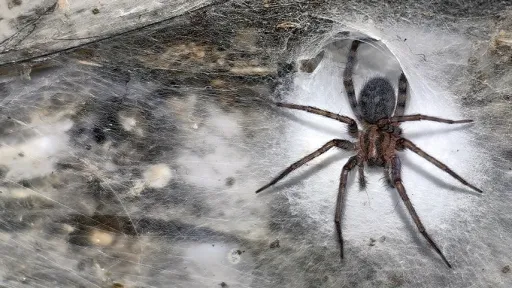“World’s largest spider web” discovered on the Greece–Albania border

European researchers have discovered what is believed to be the world’s largest spider web deep inside the Sulfur Cave, located along the Greece–Albania border.
According to the research team, the massive web spans over 100 square meters, covering the walls of a narrow, low-ceilinged passage near the cave’s entrance.
Scientists found a sprawling colony of approximately 69,000 spiders of the Agelenidae family and over 42,000 of the Linyphiidae family, totaling more than 111,000 spiders collaboratively weaving the gigantic web.
The researchers also discovered that the spider populations in the Sulfur Cave are genetically distinct from other known populations of the same species, suggesting localized evolutionary adaptations.
This is the first documented case of colony web formation involving these two spider species. The study noted that the Agelenidae species in the cave produces larger egg clusters during early summer, contributing to the colony’s expansion.
Dr. Istvan Urak, a lecturer at the Department of Biology, Sapientia Hungarian University of Transylvania (Romania) and lead author of the study, told Live Science:
“This finding provides the first evidence of these two spider species forming a joint colony, likely resulting in the largest spider web ever observed in the world.”







